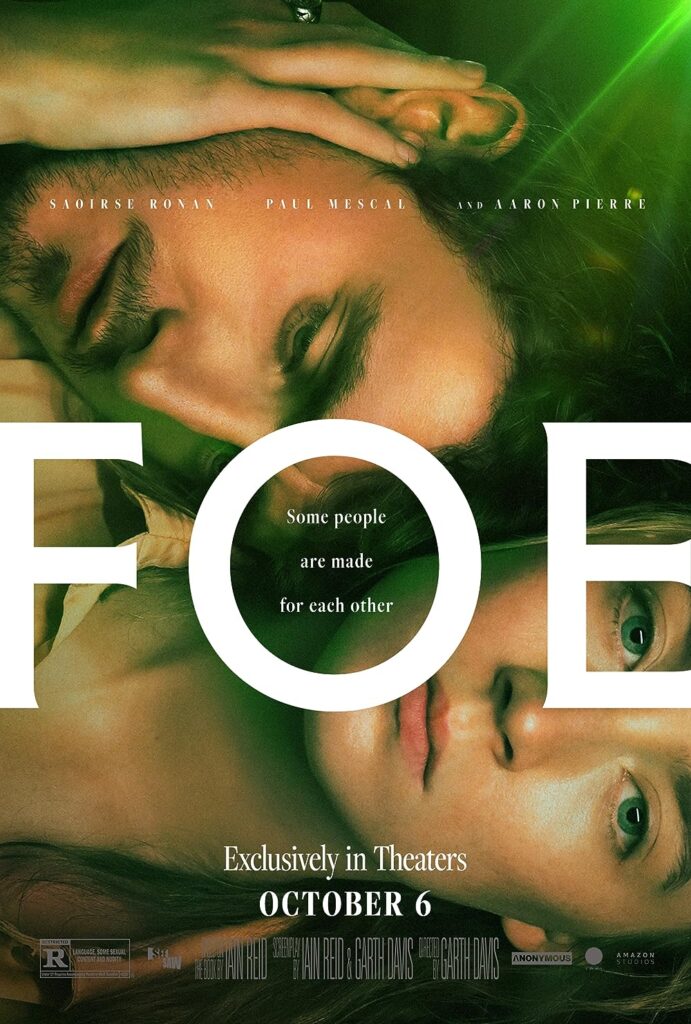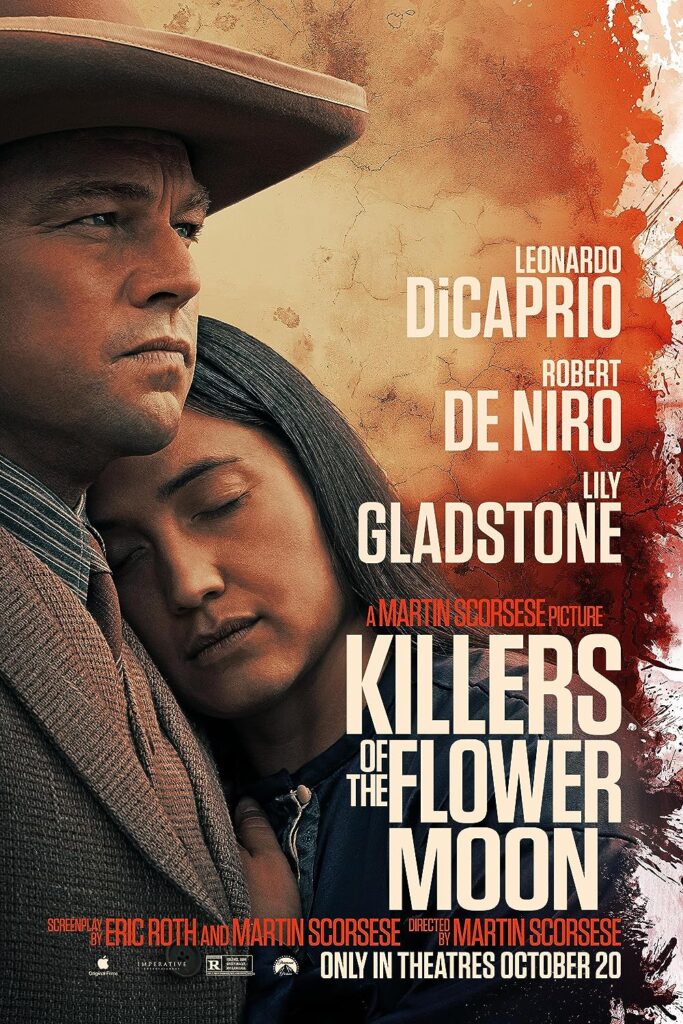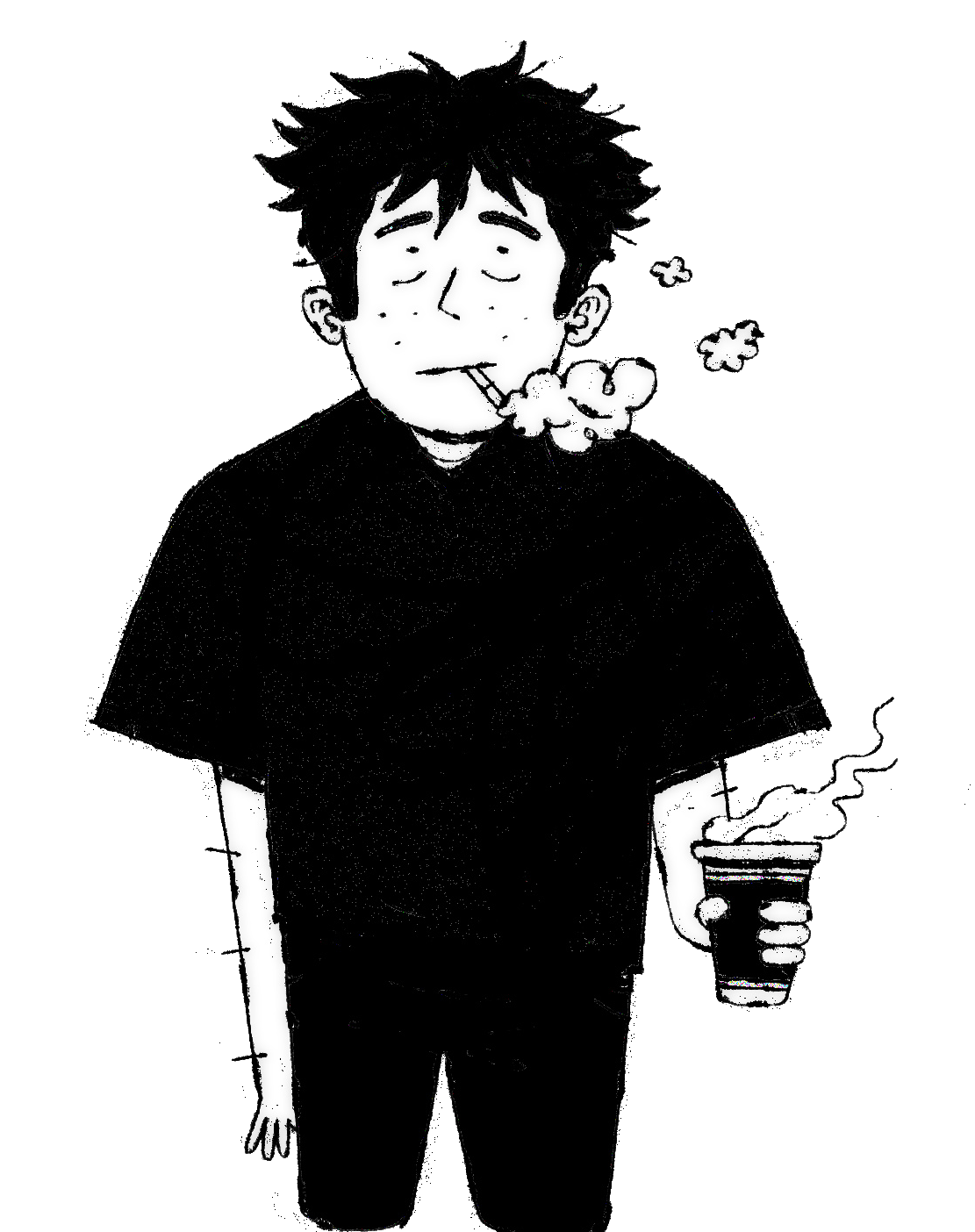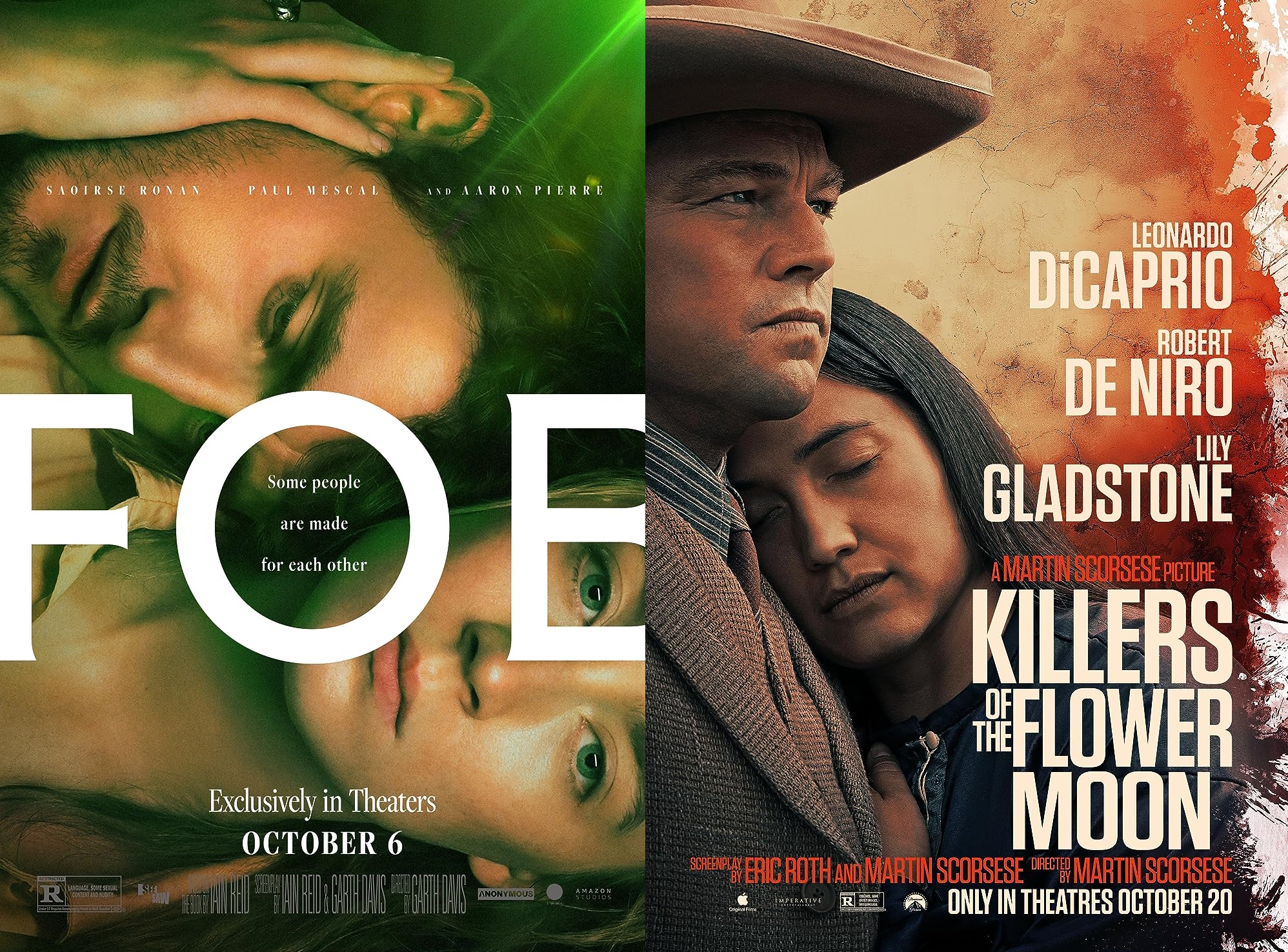
Foe
Paul Mescal and Saoirse Ronan, two of Ireland’s greatest outputs, finally come together on screen to play husband and wife. The pair showcase all their acting chops while passing between them with their best American accents, and the two prove to be the best thing about Foe, carrying the film on their own, mainly because there’s not much in terms of substance to even compete with their glamorous performances.
In 2065, Junior and Hen awaken one night to a car pulling up to their house with headlights beaming through their windows. Wouldn’t be strange if they lived in a housing estate, but they live in the middle of a desert by the looks of it. The couple welcome in a government official, who has come to their home to tell Junior he has basically been conscripted to a space program, which would cause him to leave Earth for some time. But he need not worry for Hen, as he will be replaced by an AI replicant of himself to keep her company. The government official, Terrence, only needs to ask them questions to get a read of Junior’s true personality to create the perfect replica, a reverse of Do Androids Dream of Electric Sheep?
The science fiction backdrop is smartly implemented due to the fact that the couple are more traditionalists than their other human counterparts, choosing to avoid living in the populated urban territories. We catch glimpses of new technology when Terrance shows up in his self-driving car. But that’s the only real view of advanced tech we get as the couple seem so anti-tech, that they don’t even have mobile phones. Most of the sci-fi setting is about how global warming has ruined the earth, so much so, that humans must find homes elsewhere, which is much closer to a real-life scenario than a hypothetical one. But the setting of the rural area gives off this isolated feel. A desolate land to which the only solace is Junior and Hen spending time together. The barren landscape is beautifully shot by Mátyás Erdély, somehow still showing beauty in a land bereft of life. But the camera also shows how barren the plot is.
It’s great to watch Mescal and Ronan play against each other, until you realise that it’s meandering with pointless scenes. Don’t get me wrong, there are some fantastic scenes like when Ronan’s character talks about how she views the sky, like they are looking down upon it rather than up to it, suggesting that earth is the real place above, and therefore, is heaven, the happiest place they could be while the vastness of space below can be compared to hell. The camera then majestically turns upside down to emphasise this point with the bottom of the screen consisting of only the blue sky while the top is the ground they lie upon. This moment is in stark contrast to confusing scenes such as a mysterious burning building off in the distance or Paul Mescal’s monologue about people’s snots. It spends too much time going nowhere fast while we await the promise of an AI replacement. Just because the actors are superb, doesn’t mean the characters they’re portraying are. They are trying their damnedest to make you root for them.
By the end, the filmmakers recontextualise the story. Eagle-eyed viewers could see something like this happening, which makes it all the flatter when it does. But in fact, you don’t even need to be eagle-eyed, just pay attention to the opening five minutes and you’re told what’s happening. The story falls apart entirely like a poorly sewn jumper from a plumber. It makes me believe that the main character shouldn’t have been Junior, but Hen. I wish we saw more of her perspective than Junior’s. Don’t get me wrong, the pair spend an even amount of time on screen together, but the camera is more attached to Junior than Hen throughout it.
There’s a lot of potential here for something truly great, with its Irish, Oscar-nominated cast and its wonderful cinematography. But the story isn’t as clever as it wants to be. Mixing elements of Blade Runner and Black Mirror’s “Be Right Back” and “Beyond the Sea,” while never diving past the surface level. With an interesting appearance, the disguise of Foe makes a huge faux pas when it comes to its final act.

Killers of the Flower Moon
I can’t help but shake the feeling that with every movie that comes out from directors such as Steven Spielberg or Ridley Scott, it might be their last one. The same goes for Martin Scorsese. For Scorsese in particular, I imagine that there’s one requirement that he has for his last picture. Despite partnering with a streaming service to help produce it, I can hear his unwavering demand of “Let it play in cinemas.” And if this was to be his last, so it did.
Killers of the Flower Moon is based on the 2017 book of the same name by David Grann. Ernest Burkhart, played by the handsome devil, Leonardo DiCaprio (his words, not mine), returns to Oklahoma after World War I. The area is home to the Osage, who have struck oil and have become wealthy as a result. Ernest’s uncle, William King Hale (Robert De Niro), suggests for Ernest to get a job as a driver. He picks up Mollie, an Osage played by Lily Gladstone, and falls in love with her. All should be happily ever after until Ernest’s uncle tells him about the oil headrights that Mollie’s family owns. Hale then manipulates Ernest by making him construct schemes and whack members of Mollie’s family until the rights fall to them.
Whacked seems like an appropriate phrase to use with this film as Scorsese has finally managed to get his two crime muses on screen at one time, Leo and Bob. It’s a pleasant experience seeing these two play uncle and nephew. Robert De Niro with a strong return to his classic self, giving a ruthless performance as King. Hell, his nickname tells you what you need to know about his character: An untouchable man who comes across as a smug, self-confident backstabber. Meanwhile, DiCaprio walks the line of being a loving, loyal husband, and being his uncle’s servant. Charismatic in getting others to do the real dirty work for him, topping it all off with a grimace that only Florence Pugh could rival. But a lot of the talk has to go to Lily Gladstone’s performance; coming in with such an understated yet powerful take on Mollie. Her character gets sidelined towards the tail end but the impact she leaves on every scene still remains with you after it, making you wonder when the next time we’ll see her is.
Time to talk about the big elephant in the room. The three-hour-and-twenty-six-minute runtime, which really showcases that Martin Scorsese has been given carte blanche on this whole thing. But what he and his long-time editing partner in crime, Thelma Schoonmaker, pull off is nothing short of magic. The pacing is nailed down and it doesn’t fully drag at any point. However, it can slow down in the middle half of the film. It cuts between many scenes that could be removed to streamline the story more. All this being said, the screen presence of the leads still keeps you entertained while watching it. With some extra help from the ticking bassline in a lot of the scenes which helps keep this film trucking. The western/bluesy score from the late Robbie Robertson will for sure be getting a nod when it comes to award season.
Within the confines of this epic runtime, Scorsese keeps this level of authenticity to the Osage people. Although they are murdered, there’s still a great deal of care going towards their representation; inserting black-and-white images of Osage people to really put you in that time and place. In the opening, we’re greeted by these huge booming drums from the Osage people. The sound mixing rattles your chest in the best way possible; quite literally letting their culture engulf you. Another shining moment from Robertson’s score. Through these simple methods, we’re connected to their culture, leading to telling a classic story of morality throughout, hoping that this quest for greed catches up with the culprits in the end. Although we follow the killers, the film makes you feel for all the deaths that these people cause due to this solid opening, helped along in no small part once again to Lily Gladstone. And through the authenticity and respect, we feel for the Osage community.
The story does not hold your hand when it comes to connecting who is who, asking you to keep up and trusting that you are, so you can find yourself lost for a little before snapping back into the swing of things. As I said before, it can slow down in the middle half of the film, but picks straight back up towards the last hour or so, with an ending that will certainly leave people with something to talk about as they leave the cinema. But the closing scene only proves further that Martin Scorsese really cares about this story that he is telling. With a streaming service helping produce this, it’d be very easy for this to become a good limited series on Apple TV, but thankfully it turned out to be a great cinematic experience instead.

Dale Kearney is the Film Editor for Post-Burnout, and is a passionate film enthusiast, boasting multiple years studying and working within film, with an intrigue in all genres of film, from horror to comedies to musicals.

 POST-BURNOUT
POST-BURNOUT